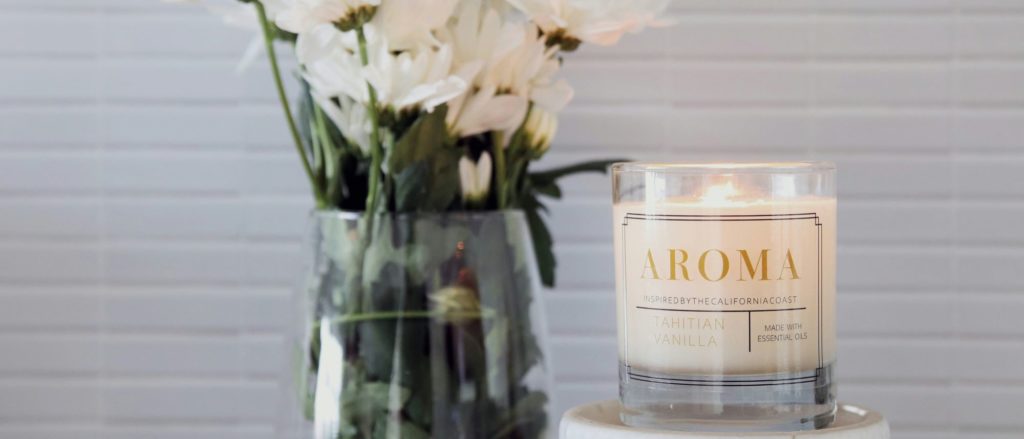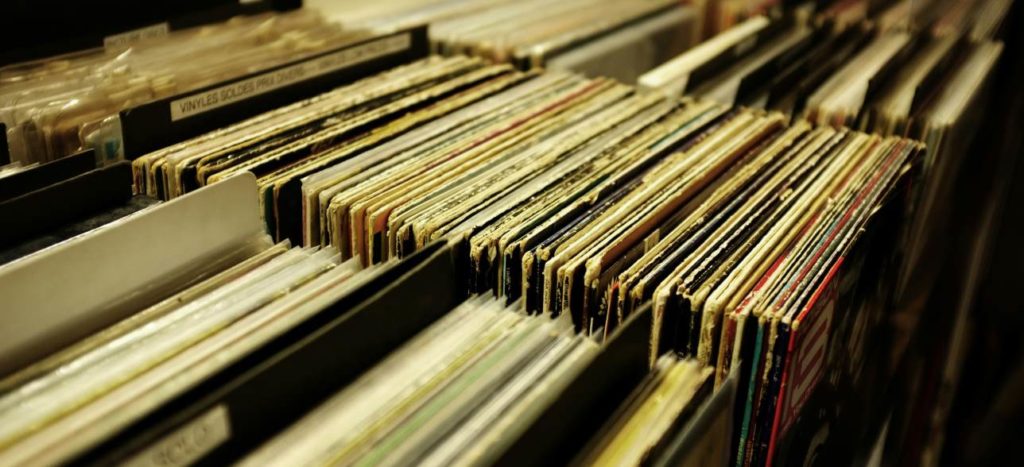From January 1, 2021, the European Union has further amended the regulations governing hazardous mixtures or substances. These amendments require specific labels indicating potentially harmful substances present in these mixtures, a category that includes candles.
In this article, you will find clear and concise information to help you navigate this complex regulatory environment.
The creation of candles is an increasingly widespread practice, engaging both hobbyists and enthusiasts, as well as those who have made it a professional activity. Therefore, with this article, we aim to shed some light and provide useful information on the legislation and how to create the mandatory CLP candle labels intended for trade.
European legislation: Classification, labelling, packaging regulation

Firstly, the European Union legislation called CLP (Regulation 1272/2008) regulates the classification, labelling, and packaging for blends, a category that also includes candles.
What is the purpose of the CLP label?
- To help those who use the mixtures to clearly understand the hazard factors inherent in the substances used and to know the relevant precautionary procedures to be applied in their work;
- To protect the end user by providing clear, complete and unambiguous information about the potentially risky materials contained in the product they purchase.
When is the CLP candle label required?
The CLP Regulation specifies that labels are required for products containing blends with fragrances, such as perfumes and/or essential oils. Products made solely of wax are exempt from this requirement, as waxes are generally not classified as hazardous under this Regulation.
What data does the CLP label contain?
The mandatory fields common to all labels that comply with the CLP regulation are:
- Product Name
- Exact composition of the mixture
- Quantity & Weight
- Indication of potential hazards triggered by hazardous substances
- Name and personal data of the company/manufacturer
CLP Regulation: Safety pictograms
For candles, the label must include safety pictograms. These images represent recommendations for use and behaviours to be avoided, standardised at the European level.
Specifically, when it comes to candles, it is mandatory to insert four pictograms:
- General warning sign (yellow triangle with exclamation mark)
- Do not leave a lit candle unattended.
- Keep away from paper and flammable materials.
- Keep out of reach of children and animals.
There are also mandatory pictograms only for certain types of candles (relating, for example, to the type of candle holder or support to be used) and optional pictograms that concern other precautions and tips for use.
The UFI Code and the European Information Dossier

The UFI, which stands for Unique Formula Identifier, is a code that uniquely identifies a specific formula. In compliance with regulations, the UFI code must be entered:
- in the case of formulas that are considered dangerous;
- in all cases where the fragrances are used in a dilution of more than 10%.
The UFI, or Unique Formula Identifier, is crucial in these cases because it allows Poison Control Centers across Europe to promptly access the precise composition of a chemical mixture during accidents and emergencies, enabling timely and accurate intervention.
In both scenarios, you must independently create the UFI code and include it on the label preceded by the wording “UFI:”.
Here’s how to proceed:
Create the Dossier and generate the UFI code
One of the reasons for requesting the UFI code is to register your mixture at the Poison Control Center applicable to your region, involving the creation of an electronic dossier.
To do this, you will need to register on the ECHA portal, the European Chemicals Agency (registration is also possible for those who do not have a VAT number).
The creation and sending of the dossier to the Poison Center requires registration on various portals, all linked to ECHA, the European Chemicals Agency (registration, as mentioned, is also possible for those who do not have a VAT number).
Subsequently, you will also need to register on the Poison Center’s Notification Portal, and once the process is complete, you will be able to access the International Uniform Chemical Database (IUCLID6), the specific area where you will proceed to create the dossier.
Here is the information that you will need to provide for the creation of the dossier, including:
- The name of your product.
- The category in which it falls, according to the European Product Categorisation System (EuPCS).
- The exact composition of the mixture, using the international system of Safety Data Sheets. Attention! The system will only allow you to proceed if you have entered at least 75% of the ingredients in your formula. Therefore, you will have to indicate not only the potentially dangerous substances, but also all the other substances present in your product (in the case of candles, for example, the amount and type of wax and/or additives).
- The potential hazards triggered by hazardous substances (again according to the SDS) and the toxicological information related to them.
- The type of packaging you use to distribute the product (you can specify more than one package size for each product).
- Guidance on precautionary measures, grouped according to the risk classification of the SDS.
Once the dossier is complete, you can submit it for system verification. The system will notify you of any errors or missing information, or validate it, allowing you to proceed with submission to the Poison Center.
The generation of the UFI Code
The generation of the UFI code always takes place on the ECHA portal, through the UFI Generator system.
To use the system and generate a UFI, having a VAT number is not necessary. However, you must possess identification codes for the mixtures used, enabling the system to recognize them and generate a UFI that uniquely identifies them based on their components.
Additionally, it’s important to note that products marked with the same UFI code must share identical mixture compositions and/or belong to the same product category. For example, a candle and an environmental spray can use the same mixture but require different dossiers because they fall into different categories. Similarly, two candles from the same product line using perfumes with different blends must have two different UFIs.
Composition of the label

Given the extreme variety of sizes and types of labels, there are no specific parameters regarding the type of font and its size, but it is important that the UFI code is positioned in a clear and visible way.
The acronym itself must always be written in capital letters and followed by the alphanumeric code of 16 characters divided into 4 blocks separated by a hyphen.
In summary, the additional elements that the label must present pursuant to Article 17 of the CLP Regulation must be:
- Name, address, and telephone number of the supplier(s)
- Nominal quantity of the substance or mixture contained in the container if not indicated elsewhere on the packaging;
- Product identifiers (name and numbers) (art.18)
- Hazard pictograms (Art. 19)
- Hazard warnings (Art. 20)
- Hazard statements (Art. 21)
- Precautionary statements (Art. 22)
- Additional information (Art. 25)
CLP candle label Regulation: Timing of application of the legislation
To conclude this brief handbook on the labelling of this type of product, it’s important to note the deadlines that must be followed. From the date of entry into force of the CLP Regulation and its amendments (1 January 2021), all products intended for retail sale falling under the CLP Regulation must display the label with all required data, including the UFI code (after registering and submitting the dossier to the Poison Control Center).
For products placed on the market before 2021, ECHA’s website specifies that there is time until early 2025 to add the UFI code to the label, provided they have been notified under previous national schemes depending on the target market.
If you require further information on achieving regulatory compliance for candles and room fragrances, including understanding the CLP Regulation standards, product registration processes, and ensuring label compliance, please refer to our comprehensive article on Regulatory compliance for candles and room fragrances.
Need assistance to bring your scented candle up to standard?
We specialise in home fragrances and market entry within the EU. Contact us today to see how we can assist you in ensuring that your products meet all regulatory standards for safe and compliant market access.



